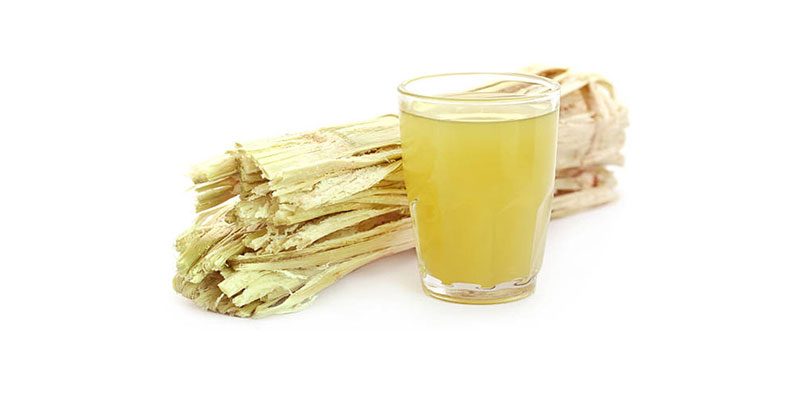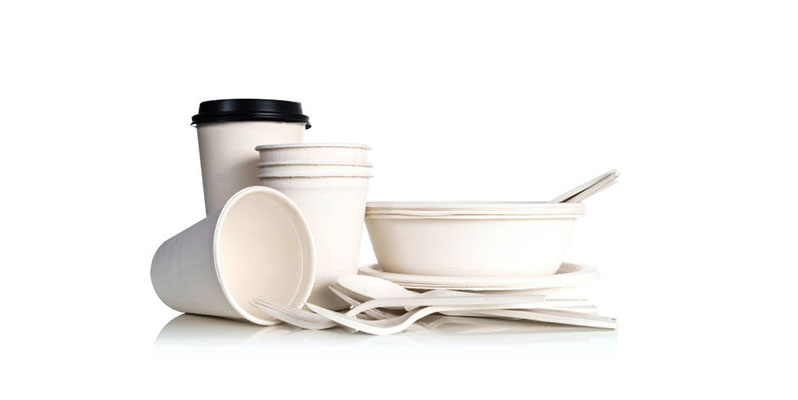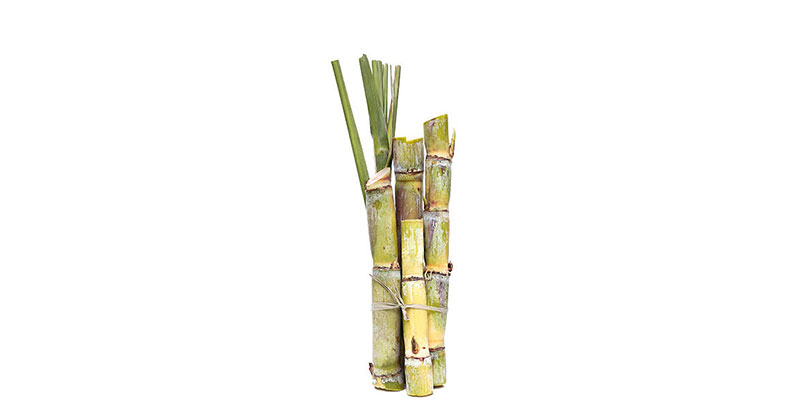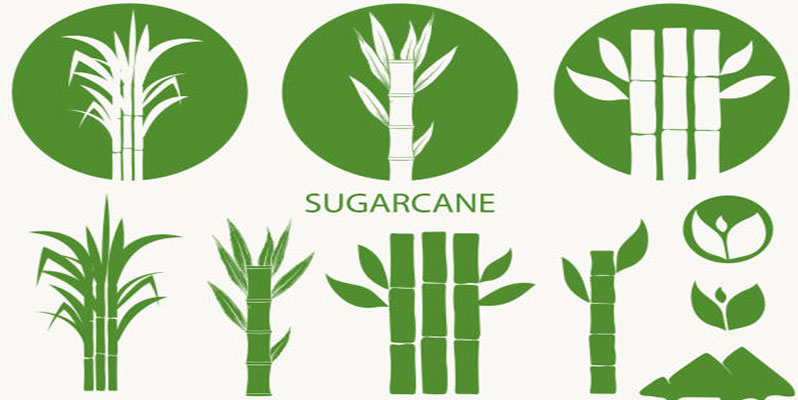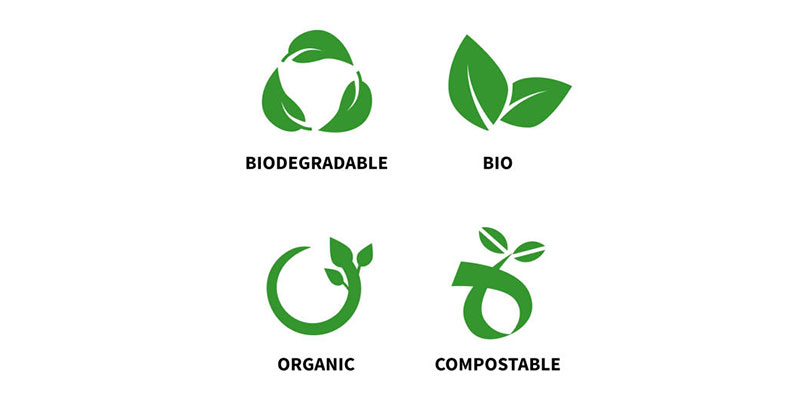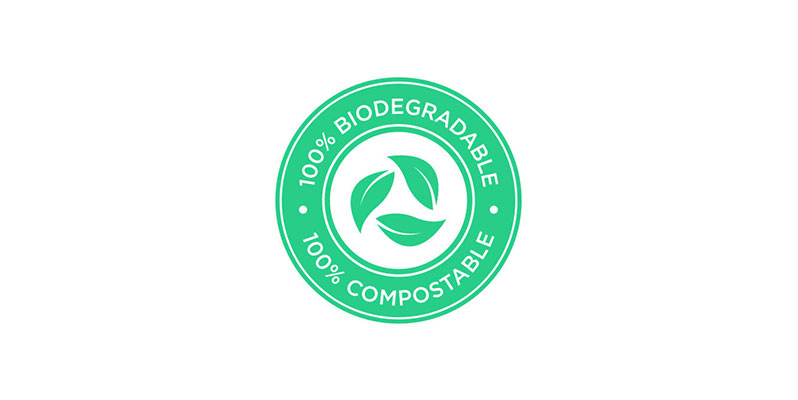Raw Bagasse Packaging Material Inspection
When we get the raw material, sugarcane bagasse, we will make an inspection of the material firstly to check if the material reaches Zhiben standard. It is the first step that we can control the quality from the original point.
Make Sugarcane Pulp
Sugarcane pulp is a kind of pulp. It uses sugar cane bagasse as raw material and is formulated into a certain concentration of pulp through hydraulic pulping and high-temperature disinfection.
Molding Stereotype
The molding stereotype is to make the raw pulp into a shape of a semi-wet pulp cup blank. This is a key process in the production of a paper cup.
Cutting
This process uses hot die pressure forming, calendering, eliminating the net marks left by the paper web forming, making the inner and outer surfaces smoother.
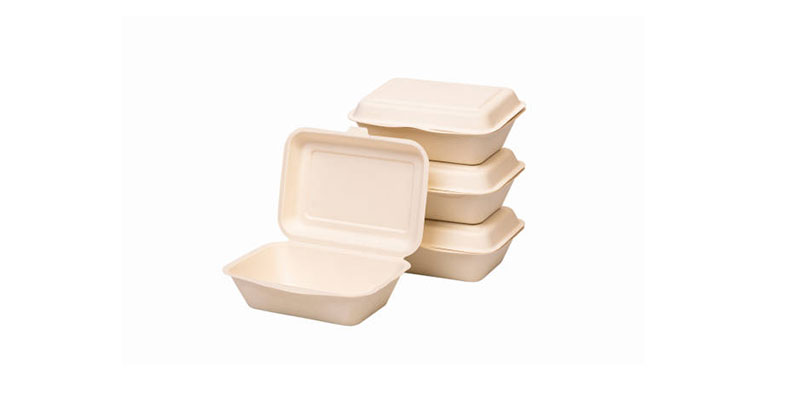
Product Quality Checking
According to the appearance and the company's testing requirements, we check whether the product is qualified and divided into first-class products and waste products.
Metal Detector
Each sugarcane bagasse food container needs to be tested by a metal detector to make sure they reach the product and food-safe level.
Disinfection
Disinfection makes customers guaranteed safe. We not only want to sell bagasse food containers but more want to make safe bagasse food packaging and let our environment and food be better.
Packing
Zhiben molded fiber packaging manufacturer has different ways of packing. We can pack as your request as well.
